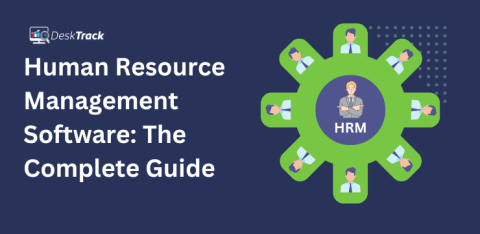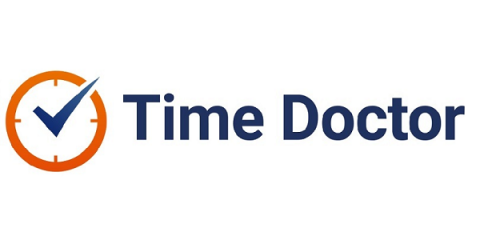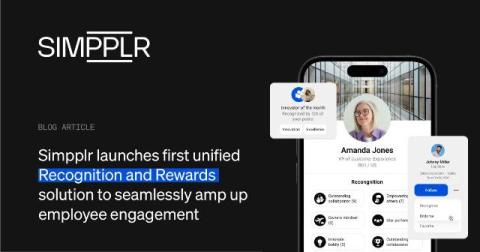October 2024 Version Update: Portfolio-Level Bookings & Bank Payments with Stripe
Earlier this year, we introduced the concept of bookings into Scoro, making it possible to do high-level resource planning in the project view. Now, we’re taking it a step further with the new Bookings module, making it easier to manage bookings across your entire portfolio. Let’s explore this and other updates for the month!









